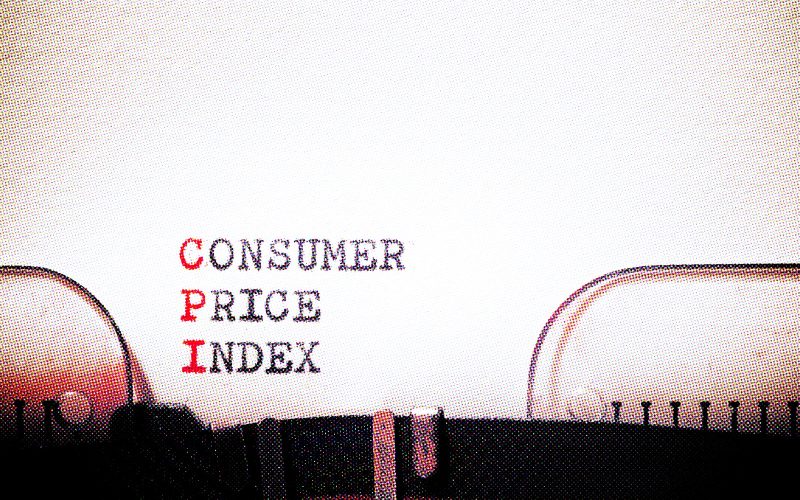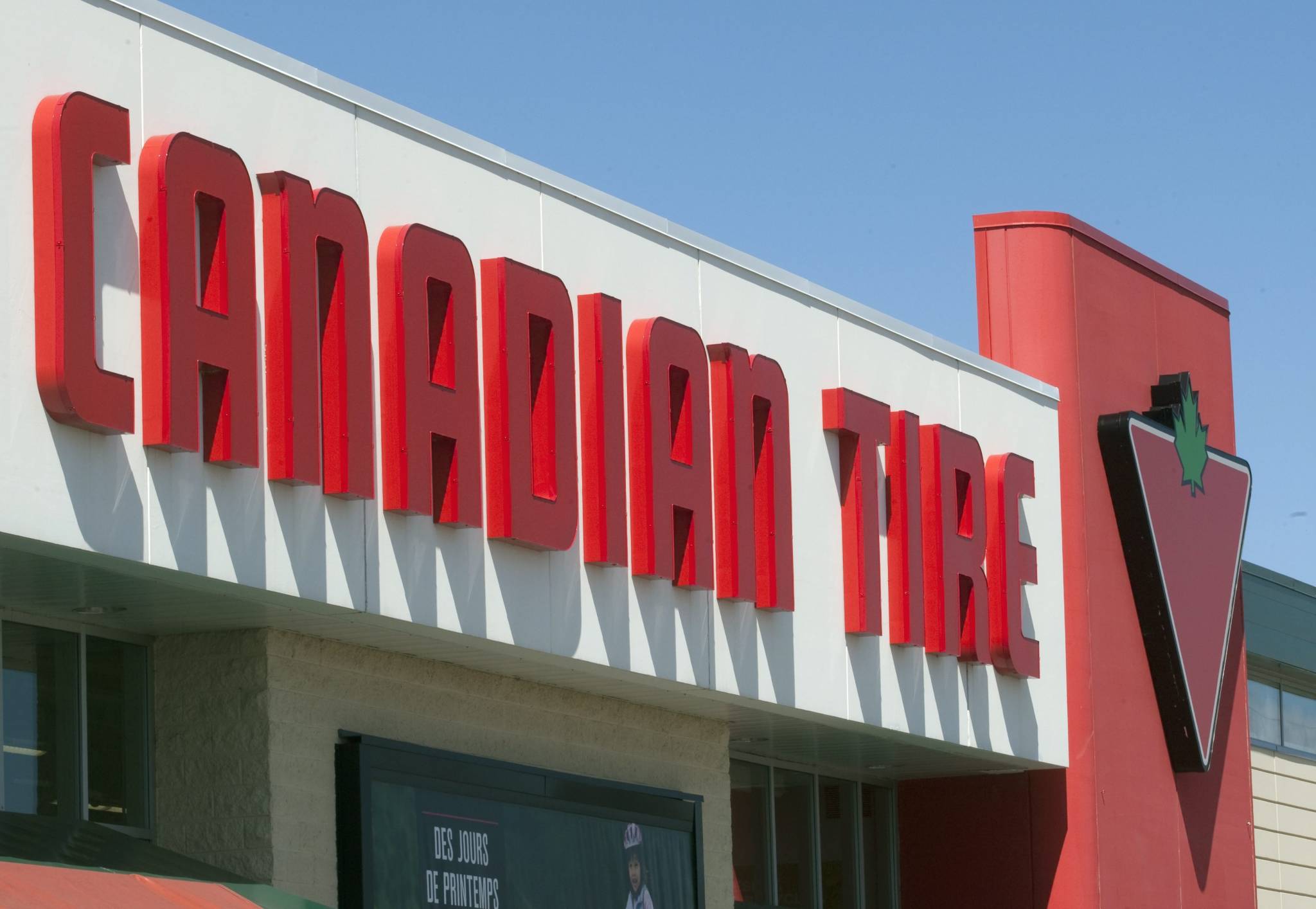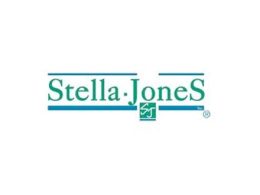As the weather warms up, inflation in Canada is finally showing signs of cooling down—but only on the surface. According to Abbey Xu, Economist at RBC Economics1, the headline inflation number for May held steady at 1.7% year-over-year, exactly where it was in April.
Sounds reassuring? Not quite.
Xu cuts through the noise: “The year-over-year reading continued to be distorted by the carbon tax removal, which is still lowering the after-tax price of consumer energy products from a year ago.” In other words, energy prices are artificially low, giving a misleading sense of comfort.
Core Inflation Still Running Hot
Once you strip away the tax effects, the underlying price pressures remain persistent. RBC’s note points out that CPI-trim and CPI-median—the Bank of Canada’s go-to measures—each ticked down slightly to 3% year-over-year. That’s still a full percentage point above the Bank’s 2% target.
Month-over-month? These core numbers only grew 0.2%, slowing from 0.4% in April.
There’s also better news buried in the details: the “supercore” inflation measure—which isolates services excluding shelter—fell from 4.4% to 3.3% on a three-month rolling average. Xu highlights this shift, saying it “dropped significantly,” suggesting that some of the stickiest parts of inflation might finally be loosening up.
Tariffs Begin to Leave Their Mark
A newer inflation wildcard is starting to show up in the data—retaliatory tariffs. Xu flags it: “Early signs of price hikes were evident in April, and the pace of price increases for new passenger vehicles accelerated further in May but grocery price inflation eased.”
Vehicle prices are being hit harder than groceries so far, and since transportation costs now carry more weight in the inflation basket, Xu says that “slightly amplifies its influence on the headline index.”
But there’s a silver lining: input costs—at least those not tied to energy—aren’t spiraling. “Prices for industrial and raw materials (excluding energy products) did not exhibit renewed upward momentum in May,” Xu notes, signaling that producer-side inflation hasn’t yet reignited.
Shelter Costs Are Easing (Sort Of)
The shelter category, which now accounts for 29.4% of the CPI basket, still looms large. Mortgage interest costs remain high, but they ticked down a bit in May. That’s helped the overall shelter inflation rate ease slightly, which matters a lot given its growing weight.
On the rental side, there’s more progress: “Growth in home rental prices slowed to 4.5% year-over-year in May, down from 5.2% in April.” That’s a far cry from the 9% peak in May 2024, and more in line with mid-2022 levels. This easing trend is a welcome break for renters—and a key contributor to slowing overall inflation.
The Inflation Map Is Still Uneven
One measure that flies under the radar is the breadth of inflation—how widespread high inflation is across consumer goods. Xu writes, “Roughly 48% of the CPI basket experienced inflation above 3% (on a three-month annualized basis).” That’s slightly down from 51% in March, but still nearly half the basket. So while the average rate is coming down, many categories are still seeing stubborn price growth.
What’s the Bank of Canada Thinking?
With inflation gradually easing and rates sitting in the middle of the neutral range, the Bank of Canada may be done with cuts—for now. “The Bank of Canada appears to have reached the end of its cutting cycle,” Xu states.
Could more cuts come later? Possibly—but only “if there are clearer signs of economic weakness alongside contained inflation.” In short, don’t count on another cut unless things take a turn.
Xu also flags geopolitical risks that could make things messier: “Geopolitical instability in the Middle East has been fueling volatility in oil markets.” But even so, the carbon tax rollback is keeping energy costs tame compared to a year ago.
Final Take
Yes, inflation’s heading in the right direction—but it’s not there yet. Core prices are cooling, tariffs are starting to bite, and shelter costs still weigh heavily. But if trends like the drop in rental inflation and supercore services hold, the worst may be behind us.
Or as Abbey Xu puts it, “In the near term, tariff-related uncertainty could keep (after-tax) inflation slightly elevated, but we continue to expect it to trend close to target further out.”
So breathe easy—for now. Just don’t put the inflation fight completely behind you.
Footnotes:
1 Abbey Xu. Economist. "RBC Economics | Canadian CPI cools as the summer heats up." 24 June 2025, .















